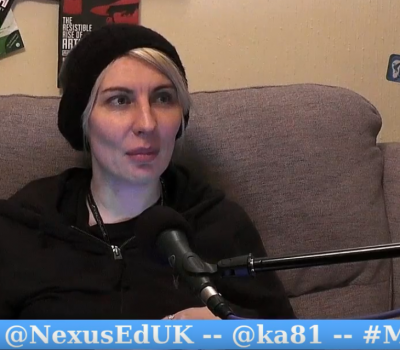

Are you thinking about your child’s primary school? There are so many questions and so much information out there, it can be impossible to know where to begin.
Samantha Scott who has been a teacher for a number of years in both private and state schools and is now a headteacher, shares what helped her.

It seems unbelievable to me, that a decade ago my husband and I were starting to consider which primary school would be best for our daughter. At this time, as a primary teacher and previous Deputy Headteacher I felt certain I would know the school just by looking at its website and reading through the most recent inspection report. However, this did not prove to be the case and as we delved more deeply into the plethora of choices in our local area I started to become increasingly anxious. I wanted a school that would support my child academically of course but I also wanted it to be nurturing, kind and caring and provide creative and sporting opportunities to ensure my little girl grew to be an all-rounder. Furthermore, I was pregnant with my son and although I knew very little about him personality wise I felt a duty to ensure the school would provide for children with varying strengths, talents and needs.
Primary school choices basically split into two categories: independent schools (fee-paying) and state schools (maintained e.g. faith schools, free schools (non-government), academies, and special educational needs schools). With independent schools, the parents are able to choose from a wider catchment usually as there isn’t a geographical restriction placed upon the school, the family chooses the school based upon the opportunities it offers their child, usually the child has taster sessions and settling periods/lessons/days and then hopefully a place will be offered for the child by the Headteacher. Often these schools have nurseries as part of the school and this allows for early, accelerated opportunities of learning and ease of transition. Often, as with our school, they accept nursery vouchers for this part of the child’s start at school. With regard to state schools, the parents look at local schools, considering their likelihood of being offered a place with regard to the numbers in that cohort, the number of places per year group and their locality to their desired ‘first place’ school.
Primary/Preparatory schools often follow a similar curriculum (the National Curriculum) and offer similar subjects for lessons, although independent schools may follow this curriculum at an accelerated rate due to pupil numbers in class and offer specialist subject provision (e.g. specialist language, PE, IT, Music teachers etc with additional rooms/science labs etc). Independent school classes are usually straight (not mixed) cohorts e.g. year 2, not year 1/2, and much smaller in pupil numbers per class. I believe this allows for more teacher: pupil time and for the staff to get to know your child more fully and therefore provision for the pupils is more individualised. Having taught in a state school class of 38 one year, I can assure you that the impact of large classes is considerable. Therefore, with these issues in mind it is important to spend time considering the schools on your short list and think through the following questions, deciding which are your own priorities for your child’s educational provision:
Following a call and visit to the school; question if you had access to meet leadership team members – did the Headteacher make time to meet with you if possible? Are the staff welcoming and friendly? Most importantly, can I envisage my child here? Will this school enable them to engage, achieve, flourish and thrive?
Finally, I can’t emphasise enough how important it is to look at the school’s website as this will give you so much information and showcase how they value their school community. Is there a warmth beyond the information? Is there recent, relevant information? Is it accessible to the school’s family that use it? Does it show pupils learning and engaged? Sometimes your personal instincts are more valuable than any written information and you know your child best. Good luck!